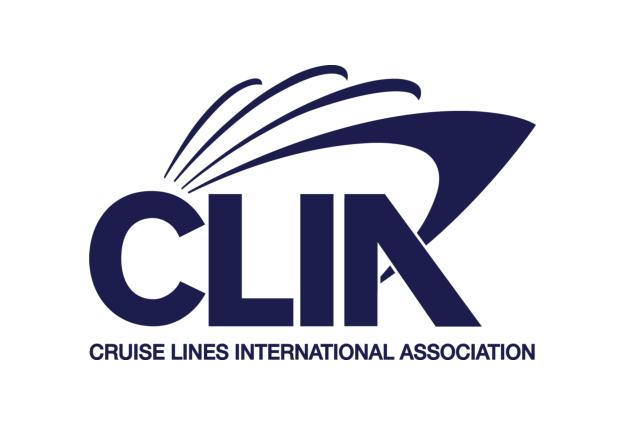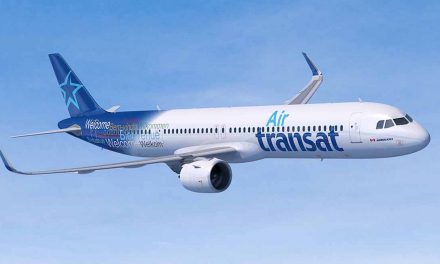Cruise Lines International Association (CLIA), the leading voice of the global cruise industry, released today the CLIA Global Cruise Industry Environmental Technologies and Practices Inventory and associated Environmental Report produced by Oxford Economics (OE).
The report, which demonstrates the industry’s commitment to responsible tourism practices and continued progress on the development and implementation of new environmental technologies, is published as CLIA ocean-going members commit to pursue net carbon neutral cruising by 2050.
“While cruise has been one of the sectors most acutely impacted by the global pandemic, cruise lines remain at the forefront of the challenge to develop new environmental technologies which benefit the entire shipping industry,” said Kelly Craighead, president, and CEO of Cruise Lines International Association (CLIA). “Our industry is committed to pursuing net carbon neutral cruising by 2050, and CLIA and our ocean-going members are investing in new technologies and cleaner fuels now to realise this ambition.
For the first time, the OE Environmental Report also addresses the challenge posed by the need for new, alternative fuels and the steps the industry is taking to support progress. Specifically, in addition to LNG, over three-quarters of the global cruise fleet by passenger capacity is now equipped to use alternative fuels.
Alternative fuel sources to heavy fuel oils being developed include biodiesel, methanol, ammonia, hydrogen, and electric batteries. The report notes that there remain engineering, supply, and regulatory hurdles before the large-scale adoption of such fuels can take place, but the cruise industry’s growing investment in new ships is facilitating the research and development of these fuels.
“This report shows that the cruise industry is resilient, innovative and focused on the future” said Pierfrancesco Vago, Chairman of CLIA Global. “We know that there is more to be done but the cruise industry has shown both its commitment and its capability to rise to the challenge. The cruise industry is an enabler of green maritime innovation, which will be the key to decarbonization of shipping. This is why CLIA has joined other maritime organisations to propose a $5 billion IMO research and development fund to accelerate the development of zero GHG fuels and propulsion technologies.”
The report notes that CLIA ocean-going cruise lines continue to make substantial progress across a range of areas:
- Shore-side Power Capability – cruise lines continue to make significant investments for cruise ships to connect to shoreside electricity, thus allowing engines to be switched off in port. While significant investment in portside infrastructure will be required, there are many collaborations between cruise lines, ports and local authorities to increase the availability.
- 82% of the new build capacity is either committed to be fitted with shore-side electricity capability or will be configured to add shore-side power in the future.
- 35% of global capacity (up 2.3 percentage point since 2020) are fitted to operate on shore-side electricity in the 14 ports worldwide where that capability is provided in at least one berth.
- LNG Fuel – The 2021 report found 52% of new build capacity will rely on LNG fuel for primary propulsion, a 3-percentage point increase in overall capacity compared to 2020.
- Exhaust Gas Cleaning Systems (EGCS) – More than 76% of global capacity utilizes EGCS to meet or exceed air emissions requirements, representing an increase in capacity of 7 percentage points compared to 2020. Additionally, 94% of non-LNG new builds will have EGCS installed, in line with already high historical level of investments.
- Advanced Wastewater Treatment Systems – 100% of new ships on order are specified to have advanced wastewater treatment systems and currently 74% of the CLIA oceangoing cruise line fleet capacity is served by advanced wastewater treatment systems (an increase of 4 percentage points over 2020). Notably, nearly 20% of fleet capacity is equipped with AWTS approved and capable of meeting the nitrogen and phosphorous discharge standards of the IMO MARPOL Annex IV Baltic Sea Special Area
CLIA member cruise lines have committed to a 40% reduction in the rate of carbon emissions across the global fleet by 2030, compared to 2008, consistent with the International Maritime Organization’s (IMO) carbon intensity reduction level of ambition.
For more information, please visit https://cruising.org/en/environmental-sustainability.
– //-
About the Cruise Lines International Association (CLIA)
CLIA is the world’s largest cruise industry trade association, providing a unified voice and leading authority of the global cruise community. On behalf of the industry, together with its members and partners, the organization supports policies and practices that foster a secure, healthy and sustainable cruise ship environment, as well as promote positive travel experiences for the more than 30 million passengers who cruise annually.
The CLIA community includes the world’s most prestigious ocean, river and specialty cruise lines; a highly trained and certified travel agent community; and cruise line suppliers and partners, including ports and destinations, ship development, suppliers and business services. The organization’s global headquarters are located in Washington, DC, with regional offices located in North and South America, Europe, Asia and Australasia. For more information please visit the website www.cruising.org or follow CLIA in Facebook, in Twitter and LinkedIn.


















